McIlwraith, HK, Lindeque, PK, Tolhurst, TJ and Cole, MJ 2025 Positive controls with representative materials are essential for the advancement of microplastics research. Microplastics and Nanoplastics, 5 (9). 10.1186/s43591-025-00115-y
|
Text
McIlwraith et al 2025.pdf - Published Version Restricted to Registered users only Available under License Creative Commons Attribution. Download (1MB) |
Abstract/Summary
Reporting accurate microplastics concentrations across environmental matrices is imperative for robust monitoring and regulation. However, recovering microplastics from complex matrices, such as soils and sediments, is hugely challenging. Numerous methods have been published to facilitate microplastics extraction from such matrices, but these protocols typically lack validation of microplastic recovery efficiency. We argue that environmentally realistic microplastic recovery rate experiments must be utilized consistently to increase the validity of microplastics pollution research, particularly for studies focused on complex matrices. Here, we outline the importance of harmonized recovery rate tests and demonstrate this experimentally using saltmarsh sediments as a case study. Building-upon established protocols, an iterative approach was used to test the recovery of four types of environmentally relevant microplastics: polypropylene (PP) fragments, polyethylene (PE) films, polyamide (PA) fibers and polyester (PET) fibers ranging in size from 180 to 1060 μm. For protocols attaining > 50% microplastic recovery, these methods were optimized to attain maximal recovery of all plastic types, and optimal methods replicated to determine precision. Most methods demonstrated efficient removal of organic and inorganic materials with reasonable recovery rates for fragments and films, but many methods failed to sufficiently recover fibers. This further underscores the need for environmentally representative reference microplastics for method validation. Owing to the differences and complexities across environmental matrices, the standardization of microplastic extraction methods is unlikely. Therefore, recovery rate experiments with representative reference microplastics should be a requirement to increase quality, harmonization, and comparability.
| Item Type: | Publication - Article |
|---|---|
| Subjects: | Ecology and Environment Marine Sciences Pollution |
| Divisions: | Plymouth Marine Laboratory > Science Areas > Marine Ecology and Biodiversity (expired) |
| Depositing User: | H Mcilwraith |
| Date made live: | 13 May 2025 07:55 |
| Last Modified: | 13 May 2025 07:56 |
| URI: | https://plymsea.ac.uk/id/eprint/10388 |
Actions (login required)
 |
View Item |


 Tools
Tools Tools
Tools